Photo credits: The Zinn Education Project
The Reconstruction era Clinton Massacre began on Sept. 4, 1875, in the small town of Clinton, Mississippi at a Republican rally to introduce the party’s candidates who were running for political office in the upcoming November elections.
The immediate death toll included five African American and three white men. Over the next several days, an estimated fifty African Americans were killed. Over 1,500 black Republicans and their families gathered on the grounds of the former Moss Hill plantation for a barbecue and political rally. Approximately 100 whites also attended, including a few Democrats from the nearby town of Raymond.
While a Republican was giving a speech, shots were fired. When the gunfire ended, a total of five African Americans, including two children, and three white people were dead, and nearly thirty others were wounded. The following days were marked by violence and bloodshed as the white mob indiscriminately shot and killed nearly fifty African Americans in Clinton and the surrounding area.
In addition, the white mob murdered a white school teacher working in the African American community. On September 8, 1875, Mississippi governor Adelbert Ames requested federal troops to protect African-American voters. Attorney General Edward Pierrepont, who was more focused on international issues, refused the request and said “the whole public are tired of these annual autumnal outbreaks in the South.”
Although Governor Ames requested federal troops to assist in restoring order, President Ulysses Grant denied the request on September 14 and adopted a policy of non-intervention, leaving Ames and the local Black and white Republicans without protection.
Sources: The Zinn Education Project and the Jackson, Mississippi Clarion-Ledger





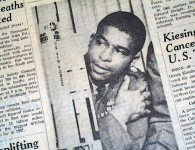






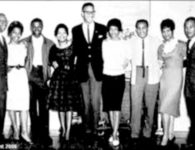

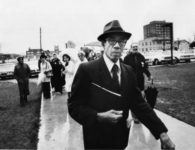

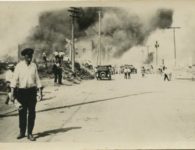


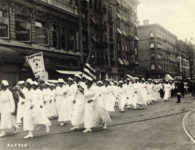

No comments